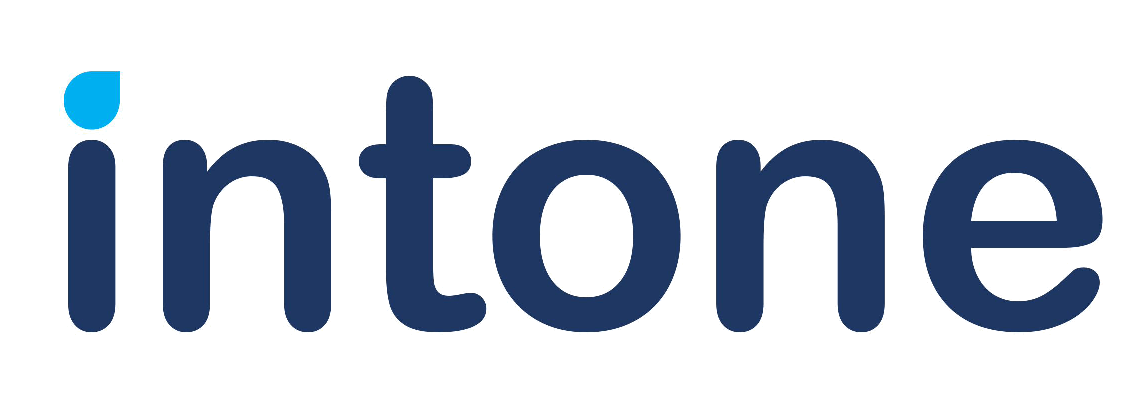Contents
Organizations today face growing pressure to meet stringent regulatory standards in an ever-evolving business landscape. The Sarbanes-Oxley Act (SOX) is one such regulation aimed at ensuring the accuracy and integrity of financial reporting. As companies strive for compliance, many turn to artificial intelligence (AI) to streamline their processes and improve accuracy. This article explores how AI strengthens SOX compliance by streamlining processes, enhancing risk management, and improving documentation.
Understanding SOX Compliance
The Sarbanes-Oxley Act, enacted in 2002 in response to major financial scandals, established a framework for corporate governance and accountability. It mandates strict reforms to enhance transparency in financial reporting and protect investors from fraudulent activities. Key provisions include:
- Section 302: Corporate responsibility for financial reports, requiring senior executives to certify the accuracy of financial statements.
- Section 404: Mandating an annual assessment of internal controls over financial reporting (ICFR).
- Section 409: Requiring timely disclosures of material changes in financial conditions.
To meet these requirements, organizations must adopt robust systems for monitoring, reporting, and validating financial data, making SOX compliance both a complex and resource-intensive endeavor.
The Intersection of AI and SOX Compliance
Artificial intelligence has emerged as a transformative tool in various sectors, and its application in SOX compliance is no exception. Here’s how AI is reshaping the landscape:
Automated Data Monitoring and Analysis
AI, powered by machine learning, enables real-time analysis of vast financial datasets, identifying irregularities instantly. With the integration of data analytics services, organizations can leverage advanced tools to process and interpret this data effectively. With continuous transaction monitoring, AI swiftly detects anomalies that could indicate fraud or non-compliance. By automating data analysis through data analytics services, organizations can significantly reduce the time and effort spent on manual audits and increase the accuracy of their compliance efforts.
Enhanced Risk Assessment
AI-driven tools can assess risks associated with financial reporting more effectively than traditional methods. By leveraging historical data and predictive analytics, these tools can evaluate the likelihood of non-compliance based on various factors, including past incidents, operational changes, and market conditions. This proactive risk assessment aligns with SOX requirements, enabling organizations to resolve potential issues before escalation.
Streamlined Documentation and Reporting
Compliance with SOX necessitates meticulous documentation of financial processes and internal controls. AI automates documentation, maintaining organized and accurate records to support compliance efforts. Moreover, AI-powered reporting tools can quickly and accurately generate compliance reports, allowing companies to easily fulfill their regulatory obligations. By reducing human error, automation frees resources for higher-value compliance initiatives.
Improved Internal Controls
Implementing effective internal controls is essential for SOX compliance. AI can enhance these controls through intelligent monitoring systems that analyze user behavior and detect deviations from established protocols. For example, AI can flag unauthorized access attempts to sensitive financial data, prompting immediate review by supervisors. This heightened level of scrutiny helps prevent fraud and ensures that internal controls remain robust.
Audit Support and Evidence Gathering
In the event of an audit, organizations must provide evidence of their compliance efforts. AI can facilitate this process by automatically collating relevant documentation and data, making it readily accessible for auditors. Additionally, AI analyzes past audit findings to help organizations resolve recurring issues, continuously improving compliance frameworks.
The Future of AI in SOX Compliance
As technology continues to advance, the role of AI in SOX compliance is expected to grow. Future innovations in AI, such as advanced predictive analytics, could help organizations anticipate and prevent compliance challenges. The integration of AI with other technologies, such as blockchain, could further enhance the integrity of financial reporting.
Conclusion
AI is transforming SOX compliance by providing tools that simplify regulatory requirements and improve efficiency. From automated data monitoring to improved internal controls, AI technologies streamline compliance processes, reduce risks, and ensure the accuracy of financial reporting. As companies increasingly embrace AI in their SOX compliance services, they position themselves for greater efficiency, transparency, and success in meeting regulatory demands.
Leveraging AI helps organizations achieve SOX compliance while fostering accountability and integrity in financial operations. As the business environment continues to evolve, embracing AI will be essential for companies committed to upholding the highest standards of regulatory compliance.

